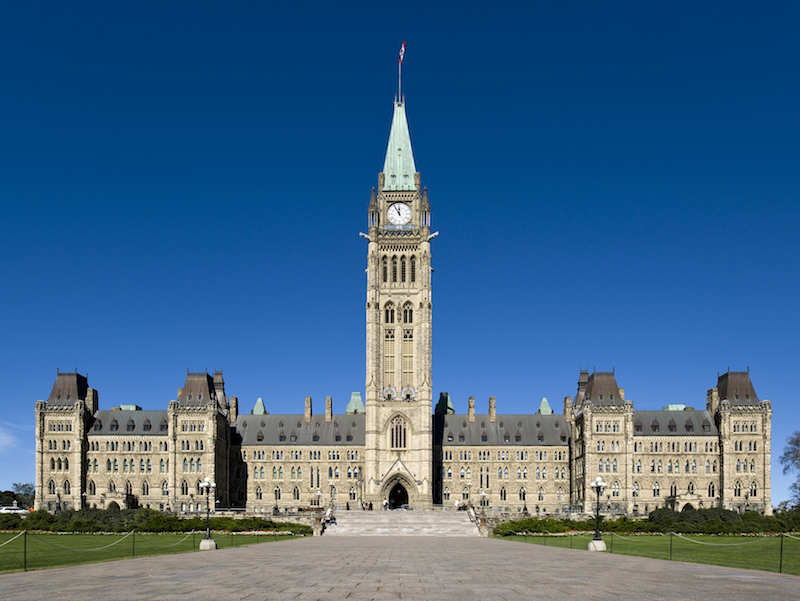The 2019 general election produced a minority parliament, to no one’s surprise.
As the campaign drew to a close, popular support for the Liberals and Conservatives seemed to congeal at around 30-32 per cent apiece, which precluded a majority outcome for either one. The Liberals won 157 seats, which is 13 seats shy of a majority but a healthy enough plurality for the Liberals to have a commanding presence in the House. Both the New Democrat and the Bloc Quebecois caucuses are large enough on their own to act as kingmakers and to keep the government alive.
Minority governments in Canada tend to be regarded as temporary periods of instability to be resolved (read: dissolved) as soon as a majority government is in reach. However, the federal parties are not going to be eager to head back to the polls any time soon. For one thing, their coffers are dry, and they need time to build up their resources for another campaign. Fortunately, the seat distribution in the House of Commons suggests that a stable minority government is very possible. Bloc Quebecois leader Yves-Francois Blanchet has suggested that it could even last four years.
There is a range of ways to manage the potential uncertainty of minority government. The path taken depends on the political circumstances at the time, the relationships between parties and party leaders, and the extent to which the parties can find common issues to work on. Several provincial elections have produced minority government in recent years and each of these jurisdictions has taken a different approach “minority government management.”
In British Columbia, the NDP government is supported by the Green Party through an agreement of confidence and supply. The election result was so close in 2017 that this formal arrangement is key to instilling confidence that the relationship between the parties is stable. The Liberal Party was the incumbent going into the election and came first in seat count (the Liberals election 43 members to the NDP’s 41) but was defeated on a Speech from the Throne when the legislature returned. Then Premier Christy Clark asked the Lieutenant Governor to dissolve the House, which would trigger a new election. However, NDP and Green leaders John Horgan and Andrew Weaver had already released their confidence and supply agreement, under which they agreed to work together for a period of four years on common priorities. The Lieutenant Governor denied Premier Clark’s request and asked Mr. Horgan to form a government. The parties have been working together ever since.
But other provinces with minority governments have taken different paths forward. The 2018 election in New Brunswick produced a similarly close result: the incumbent Liberals won 21 seats, the Progressive Conservatives 22, and the Greens and the People’s Alliance won three seats each. The Liberals lost the vote on their Throne Speech, at which point Premier Brian Gallant resigned and the Lieutenant Governor asked PC leader Blaine Higgs to form a government. The People’s Alliance has pledged to support his government for a period of 18 months. There is nothing formal about this arrangement, but it seems to be stable for the time being.
Prince Edward Island is a different story altogether. The Progressive Conservatives missed the majority threshold by just one seat and, for the first time ever, the Greens elected enough members to form the Official Opposition. The cooperation between the parties is almost too easy; in fact, all of the parties voted in support of the PC’s first budget. This outcome suggests smooth negotiations between the three house leaders and successful pre-budget consultations.
At the federal level, the Liberal minority government will likely be kept intact through a series of ad hoc partnerships with the NDP or the BQ, depending on the issue. It will be the role of the public service to provide support to a government that is returning with a diminished mandate and must find support from other parties to implement its agenda.
The release of the ministerial mandate letters will provide key information regarding the Liberals’ short, medium, and long-term priorities and will send important signals to the two kingmakers-in-waiting regarding opportunities to partner. These letters will be important guides to the public servants who will provide advice and support during a potentially uncertain time.

